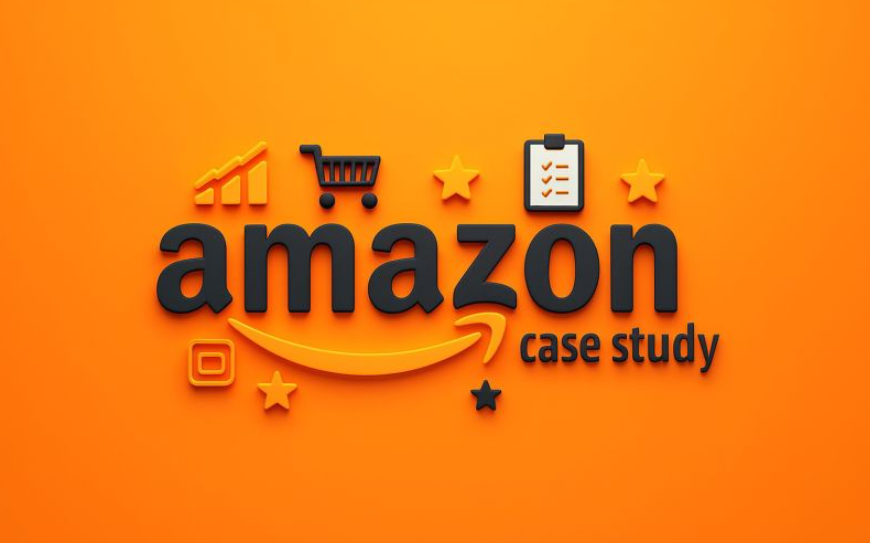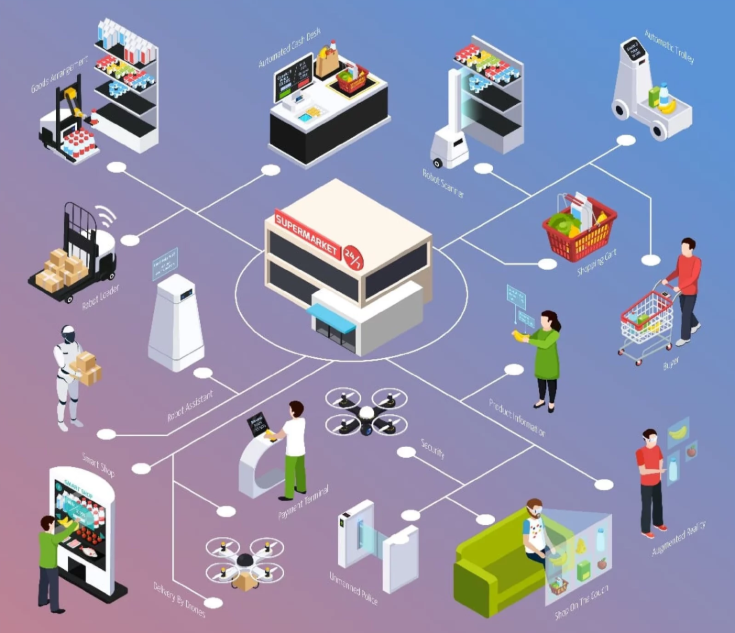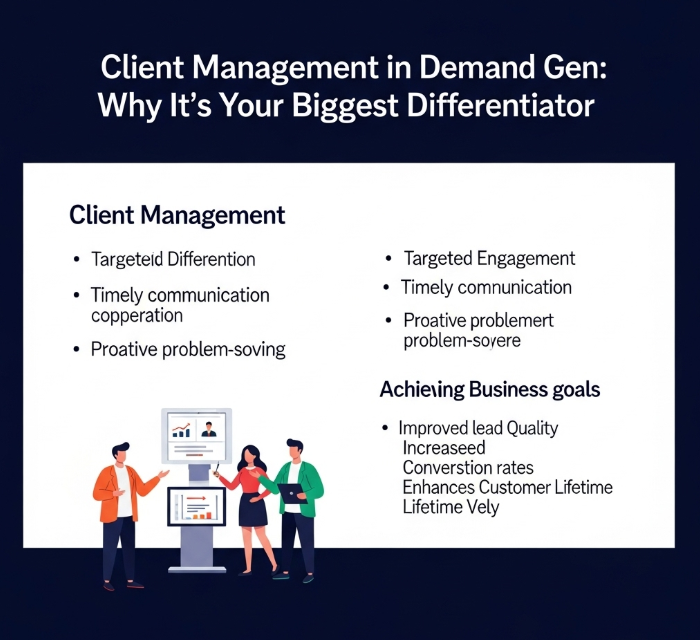Introduction
Amazon Business has surpassed $35 billion in annual revenue, a milestone that underscores how quickly B2B commerce is shifting toward digital platforms. While Amazon’s consumer operations often dominate headlines, the steady growth of its B2B marketplace is reshaping how companies handle procurement, vendor relationships, and purchasing workflows.
Why It Matters for B2B
Corporate procurement is traditionally fragmented, inefficient, and often limited by legacy vendor contracts. Amazon Business introduces consumer-grade convenience into enterprise procurement. With centralized catalogs, automated approvals, and analytics dashboards, procurement teams can now balance efficiency with governance. For distributors and vendors, this development is both a threat and an opportunity.
Key Developments
- Over 6 million business customers now buy through Amazon Business.
- Fortune 100 adoption is growing, particularly for office supplies, IT peripherals, and maintenance goods.
- International expansion includes Europe and Asia, where procurement modernization is accelerating.
- Enhanced integration with ERP and accounting software enables automated reconciliation.
Cross-Functional Implications
- Procurement: Centralized purchasing, streamlined approvals, bulk discounts.
- Finance: Simplified reconciliation and expense visibility.
- IT: Integration with ERP and security protocols.
- Sales/Distribution: Traditional vendors face margin pressure as Amazon’s marketplace expands.
Strategic Recommendations
- Audit your procurement processes to identify inefficiencies Amazon Business could address.
- If you are a supplier, evaluate whether listing on Amazon Business aligns with your distribution strategy.
- Strengthen value-added services to differentiate from Amazon’s commoditized catalog.
- Monitor pricing strategies to balance margin protection with competitive presence.
Risks and Challenges
Amazon’s dominance could compress supplier margins and reduce direct customer relationships. Enterprises may become overly reliant on one platform for mission-critical supplies. Additionally, global expansion raises compliance, tax, and localization challenges.
Conclusion
Amazon Business’s quiet growth to $35 billion shows how procurement is evolving into a digital-first discipline. B2B leaders must decide whether to embrace Amazon as a partner, prepare to compete, or find ways to do both simultaneously.






